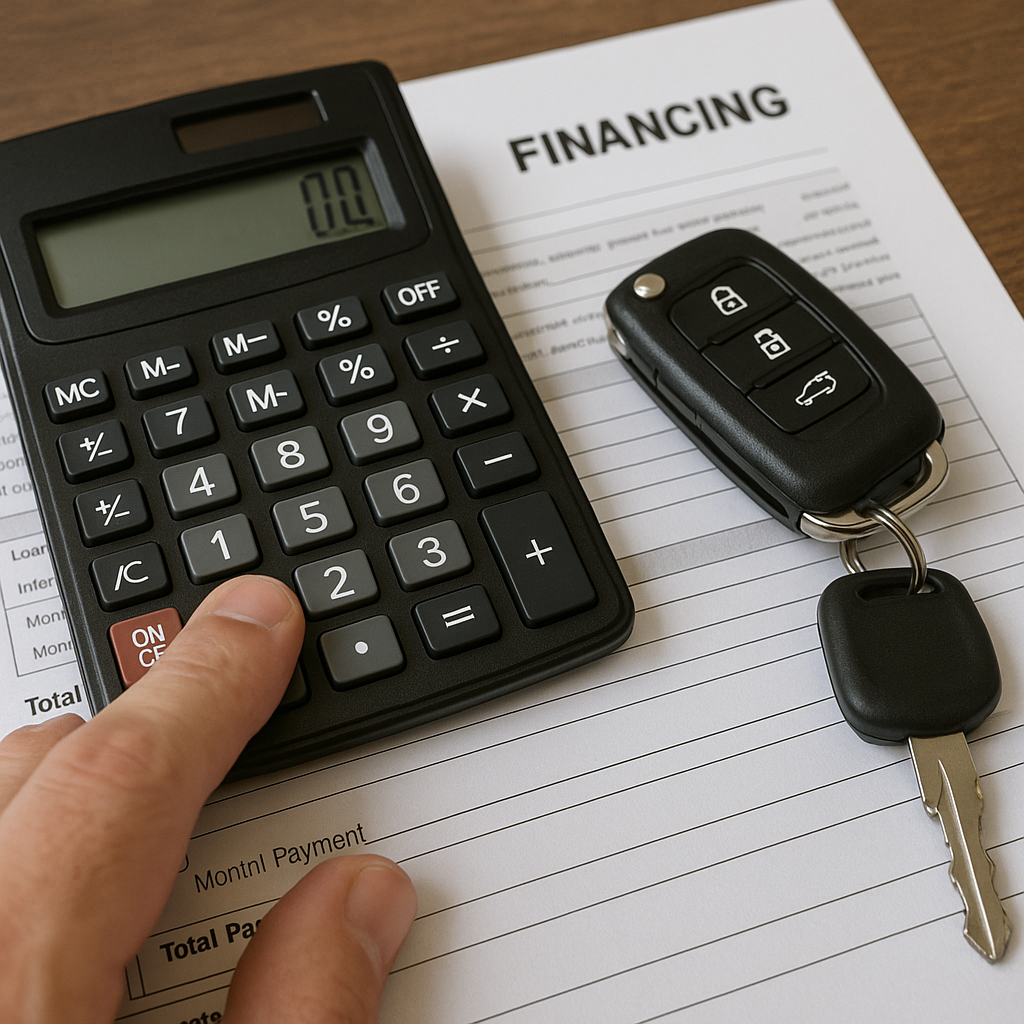Hook: Interest rates have shifted since you signed your original auto loan—so could refinancing your car in year two save you money? In this refinance savings example, we break down how a mid‑loan rate drop can lower your monthly payment and reduce total interest, using real numbers to show you the potential payoff of a smart car loan refinance.
- Why refinancing in year two often makes sense
- Detailed savings example: comparing original vs. new terms
- Step‑by‑step guide to qualify and lock in your best rate
Why Refinance in Year Two?
When you first financed your vehicle, market rates may have been higher—reflecting economic conditions or lender margins at the time. By year two, overall interest rates might have fallen, your credit score could have improved, and your lender competition has increased. Refinancing then can:
- Reduce your APR, cutting total interest paid
- Lower your monthly payment, easing your budget
- Allow you to shorten or extend your remaining term to fit your goals
Savings Case Study
Consider a $25,000 new‑car loan over 60 months at 6.5% APR. Your monthly payment is $495, and total interest paid is roughly $4,700.
Original Loan
- Principal: $25,000
- Term: 60 months
- APR: 6.5%
- Monthly Payment: $495
- Total Interest: $4,700
After 24 payments, your remaining balance is approximately $14,600. You decide to refinance the remaining term (36 months) at a lower rate—say 4.0% APR.
Refinanced Loan in Year Two
- Refinanced Principal: $14,600
- Term Remaining: 36 months
- New APR: 4.0%
- New Monthly Payment: $430
- Total Interest on Refi: $931
Comparison & Savings:
- Original remaining interest (6.5% over 36 months): ~$2,050
- Refinanced interest (4.0% over 36 months): $931
- Total Interest Saved: ~$1,119
- Monthly Payment Reduction: $495 → $430 (saves $65/month)
How to Prepare for a Refinance
- Check Your Credit Score: Aim for a higher score than when you first financed—improvements can net lower rates.
- Shop Lenders & Compare Offers: Include credit unions and online banks; request pre‑approvals to compare APRs and terms.
- Gather Documentation: Recent pay stubs, proof of residence, current loan statements, and vehicle information (VIN, mileage).
- Calculate Break‑Even Point: Divide any refinancing fees by your monthly savings to see how many months until you recoup costs.
- Lock Your Rate: Once satisfied with an offer, lock in the APR to protect against market fluctuations until closing.
Pro Tips & Best Practices
- Mind the Term: Extending beyond your original payoff date can increase total interest even at a lower APR—keep your remaining term similar or shorter if possible.
- Avoid Prepayment Penalties: Check your current loan agreement for any fees charged when you refinance early.
- Consider Total Cost: Factor in application fees, title transfer, and any dealer‑backed add‑ons when calculating true savings.
- Use Auto‑Pay Discounts: Many lenders offer a modest rate reduction for setting up automatic payments.
- Maintain GAP Coverage: If you carried gap insurance on your original lease, ensure your new lender or insurer offers similar protection.
Common Pitfalls to Avoid
- Focusing Only on Monthly Payment: Lower payments with a longer term can cost more in the long run—always compare total interest paid.
- Overlooking Fees: Refinancing isn’t free; title fees and lender charges can erode your savings if not accounted for.
- Ignoring Dealer Incentives: Some dealers offer loyalty rebates to existing borrowers that can match or beat refinancing savings—ask before you refinance.
FAQs
- Q1: When is the best time to refinance?
- A1: Typically after 12–24 months, once your credit score has improved and you’ve paid down enough principal to make refinancing fees worthwhile.
- Q2: Will refinancing hurt my credit?
- A2: The refinance application triggers a hard inquiry, which may drop your score a few points temporarily, but timely payments on the new loan will rebuild it quickly.
- Q3: Can I refinance a leased vehicle?
- A3: No—lease agreements don’t transfer, but you may have a purchase‑option buyout you can finance as a used‑car loan instead.
Conclusion & Next Steps
Refinancing your car in year two can yield substantial savings—as illustrated by our refinance savings example—by cutting hundreds in interest and trimming your monthly payment. Start by checking your credit, shopping rates, and calculating your break‑even point. When you find a compelling offer, lock in your new APR and enjoy the financial relief of smarter car loan refinance.
